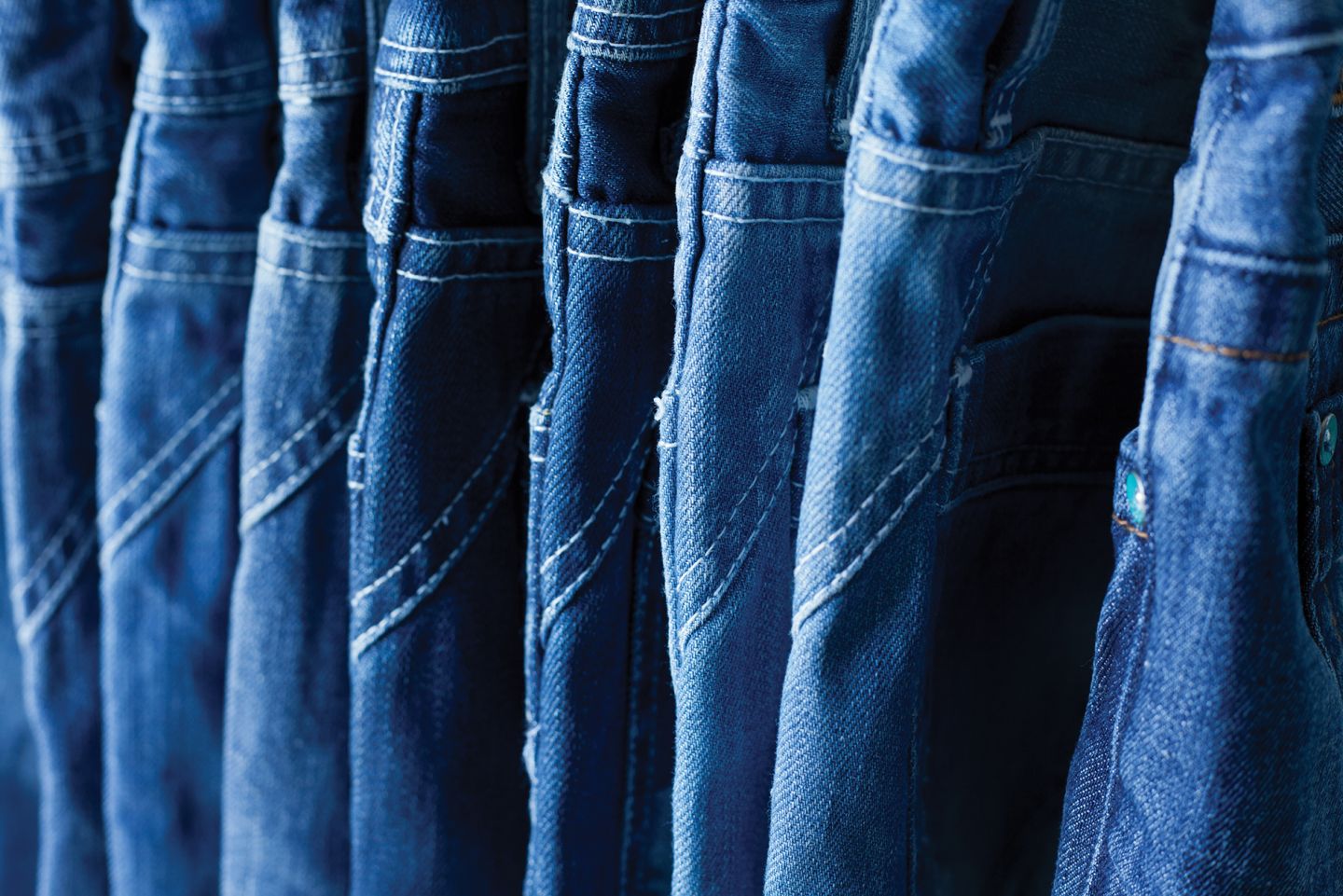A growing number of women’s apparel brands are putting the focus on men as the last few years have witnessed an unprecedented boom in men’s fashion.
Exceeding growth in women’s wear for the past five years, menswear grew 5% in 2013 with sales reaching $60.8 billion. What’s more, the segment shows no signs of slowing down.
A new male consumer has come of age, outgrowing old pervasive stigmas that were once attached to the word “metrosexual” as men across the country take an increased interest in their appearance and become more in tune with the latest fashion trends.
They care about looking polished on both a personal and professional level.
Regardless of the factors attributed to the shift in men’s perceptions about fashion, it’s not surprising that brands that have exclusively or mainly catered to women are increasing their efforts to reach male consumers.
Consider Tory Burch. The popular women’s designer is set to debut a new men’s accessories line in the spring of 2015.
Or, take Michael Kors. The company’s bread and butter has always been women’s apparel and accessories – with menswear only representing about 5% of the brand’s sales.
Despite this, the company is ramping up its efforts in the menswear category in order to take a larger share of that market – starting with Michael Kors’ first free standing men’s store in 2015 and continuing with future plans to open as many as 500 male-focused retail shops.
Additionally, the Kors flagship store in SoHo will include a full floor dedicated to men.
The company’s goal is to grow its menswear category into a $1 billion business by 2017.
Other designers such as Coach and Prada are also expanding menswear offerings to help make up for declining women’s sales.
However, higher-end designers aren’t the only ones trying to cash in on the menswear market.
Other apparel retailers and department stores are also expanding and upgrading their men’s offerings. Macy’s, for instance, is expanding the men’s floor at its Herald Square Flagship to cover 200,000 square feet.
Are You Playing The Right Cards?
As retailers continue to get caught up in the “woo gentlemen” frenzy, they face an important question: can they resonate with the new male consumer? Do these and future retailers wanting to explore this space know what gentlemen want?
In the past, women’s designers that attempted to get into menswear just added men’s pieces into their women’s boutiques. This strategy ultimately proved to be unsuccessful.
If brands, especially those with a highly feminine persona like Tory Burch, are going to build their menswear business they must figure out ways to set menswear apart from the women’s business at the retail level.
Designers and retailers, like Kors, have taken note and are opening more men’s-only stores or having men’s-only spaces in their flagship stores. Some are even creating a club-like atmosphere with features including a cocktail bar or a barbershop.
Marketing will also be key to winning the hearts and wallets of the male consumer. Because when it comes to shopping, even though men are paying more attention to what they’re wearing, they don’t want to spend hours in a store trying on clothes. They want to get in, and get out.
This makes the initial barrier to the menswear market difficult – but if retailers are able to convert male shoppers, they may see a rich payoff as men have a great sense of brand loyalty.
However, if retailers try and fail to lure in male consumers, it would result in a strain on existing resources. This would make it incredibly difficult for the company to maintain any sort of expansion or growth plans.
So, before haphazardly expanding into the menswear category, adjusting formats, or launching new concept stores, it’s imperative that you know whether or not those changes would be embraced by both new and current customers and what your potential is in that segment.
With effective customer analytic strategies – those that clearly show you who your male consumers are, what they want, where they are, and the best way to reach them – you’ll have the customer insights needed to guide your future endeavors in this market.
If you want to know what your potential is in the menswear market, who your best menswear customers are and what markets would be most successful in your expansion efforts, then we should talk.



